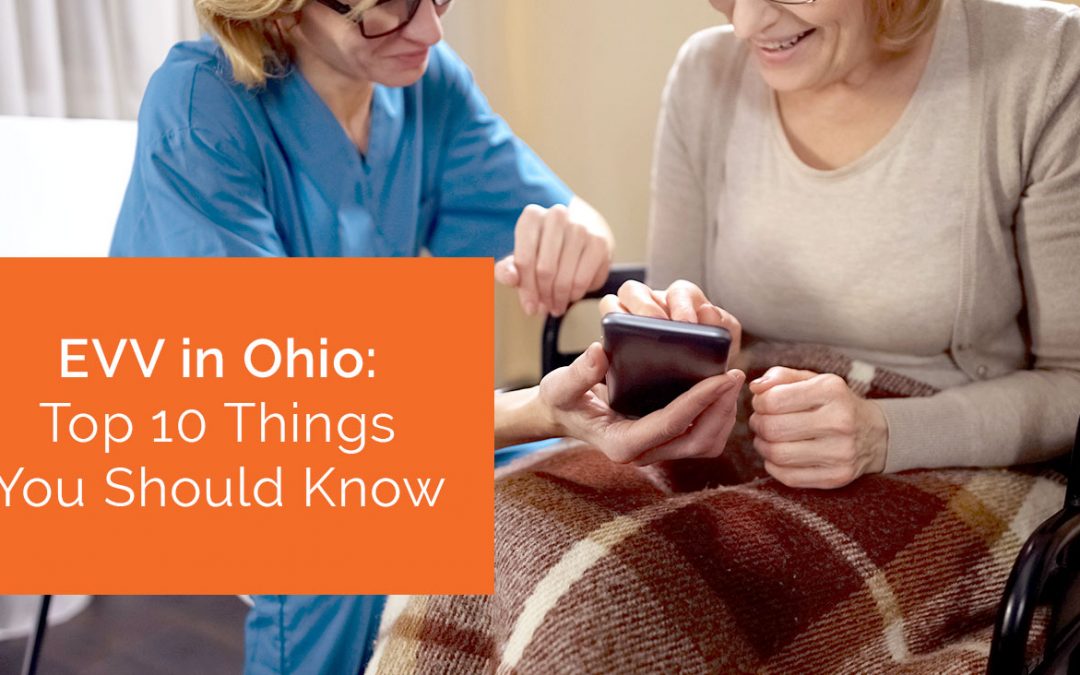Technology has become an integral part of modern health care delivery at all stages — including home health. From home health workers using tablets and laptops to document patient encounters in electronic medical records to wearable devices that help providers monitor a patient’s condition remotely, technology is now as much a part of home health as stethoscopes and thermometers.
Despite the proliferation of technology, though, that doesn’t always mean that patients (or their families) are comfortable with using it. Just because your home health software offers a patient portal for improved communication, for example, doesn’t mean that your clients are going to use the system. They may not be comfortable using technology in general, or perhaps they have concerns about the security of the information. Regardless of the reasons, if your clients aren’t comfortable with the technology you’re making available to them, they aren’t going to use it, which results in both wasted money and lost opportunities to improve the quality of care.
For that reason, it’s important that you take the time to familiarize your patients with your technology and help them acclimate to its use. Following are a few tips to help you help your clients be more accepting of your technology and get the most from it.
Acknowledge Your Clients’ Limitations — And Their Digital Savvy
Many people — both in and outside of the home health industry — assume that because someone is older, they are technologically inept and not interested in using any sort of mobile device or computer. Nothing could be further from the truth. While there are certainly some older adults who cannot or will not use a tablet, smartphone, or even the internet, the number of people who are embracing these devices is increasing.
In fact, according to Pew Research, more than 30 percent of people over age 65 own a smartphone and/or a tablet, and 78 percent of people in this age group have a cellphone. And those numbers are only expected to increase, as the Baby Boomer generation, most of whom are technically savvy, reach retirement age.
At the same time that it’s important to acknowledge your client’s familiarity with technology, it’s also important to recognize their limitations and expectations. Older adults are more likely to use their phone to research information (often about health) and get news. They aren’t using their phones to avoid boredom like younger users, and tend to have far fewer apps installed. When you are introducing technology to your clients, then, you need to find the balance between offering something that is technically advanced enough to be useful, while still appealing to those who may not be as savvy or interested. You also need to consider alternatives for those who simply refuse to embrace technology.
Understand Your Clients Concerns — And Act on Them
What makes your clients hesitant to embrace your technology? Everyone has their own reasons, and it’s incumbent upon you to understand them and find ways to allay their concerns. You need to acknowledge the source of your clients’ concerns, whether it’s news of major data breaches or fear that they won’t be able to use your solutions. Focus on becoming a transparent organization, showing clients from day one that you hear them, and offering reassurance that you have taken steps to allay their fears. This could include:
• Explaining why you are adopting a specific solution and collecting data
• Explaining the benefits of the technology and how it will improve their care
• Explaining how you will be protecting their data and keeping it secure
• Explaining what options patients have if they choose not to use the technology
• Offering resources for help, and guidance for solving any problems
When you get to the bottom of why your clients aren’t comfortable with your technology, and share the ways you’re addressing those concerns, the chances of them embracing it increase.
Provide Extensive Education and Training
It’s simply unrealistic to leave your clients instructions on how to access a portal on a computer, or to download an app on their smartphone, and expect them to “figure out” what to do. Your staff must be thoroughly trained in how to use the technology, and be able to show clients how to use it and get the most from it. Offering training sessions for patients and their families, a help desk, and other resources to ensure that your clients can use the technology to its greatest advantage is also a worthwhile investment.
Helping your clients become comfortable with your technology is really a matter of communication, and of taking the time to understand your clients and their expectations, and how you can best meet them. There will undoubtedly be bumps in the road, and you will have patients who are unwilling or unable to use the tools you offer, but when you’re prepared to help, it’s easier to incorporate technology into your agency.
To learn more about technology that opens the lines of communication between your agency and your clients while also streamlining operations, visit Complia Health’s resources today.




